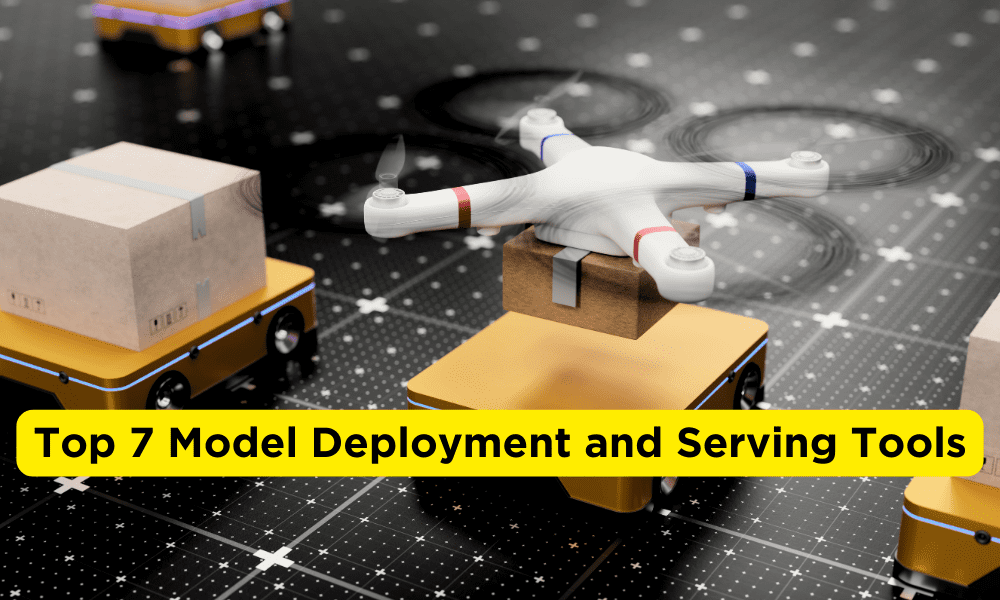Creating apps for startups involves carefully planned tasks that form the software development process. By having an effective strategy and making timely changes based on obtained data, startups have a good chance of expanding scale and optimizing profits.
Additionally, software architecture consulting services are often preferred to work with startups due to their flexible and innovative approach.
Let’s delve into the key stages of software development for startups.
Stages of the Development Process
When developing a new product, a systematic approach is necessary to ensure a smooth product life cycle from inception to release.
The main stages of the software development life cycle include:
1. Idea
Software development starts with an idea. For startups with multiple team members, idea generation usually involves brainstorming sessions where all ideas are recorded for further analysis.
Market research and SWOT analysis of competitors help in generating promising ideas and choosing the best approach for the business.
2. Validation
The next step involves getting approval for the idea from partners, investors, and stakeholders. This stage may also involve creating a minimum viable product (MVP).
3. Design
During the design phase, the design team creates a sketch of the software to give developers an idea of the final product’s look and feel. UX/UI designers create frames and prototypes to test the application’s user interface.
4. Development
The development stage involves determining the technology stack and creating the product based on the approved idea and business plan.
5. Test
Testing should be integrated into the software development life cycle to find errors and defects before moving to the next step.
6. Implementation
Developers must implement any changes identified during testing before adding new features.
7. Deployment
The DevOps team prepares the product for deployment after implementing the necessary changes.
8. Launch
The product is presented to the target audience, and feedback from a beta version helps in refining the final product based on customer reactions.
9. Monetization
A detailed monetization strategy should be developed by the marketing team to ensure maximum income for the application.
Common monetization options include purchases, subscriptions, advertising, partnerships, and in-app sales.
10. Post-launch
After the product launch, continuous monitoring and support are essential to identify opportunities for improvement and address any issues.
Features of Software Development
The software development process for startups varies based on business size and capabilities. Flexibility, reaction to changes, customer feedback, and data-driven decisions are crucial for startup success.
Flexibility allows startups to adapt to market changes, pivot when necessary, and respond quickly to challenges. Customer feedback and data-driven decisions help in developing successful products and avoiding mistakes.
Featured image credit: rawpixel.com/Freepik






















